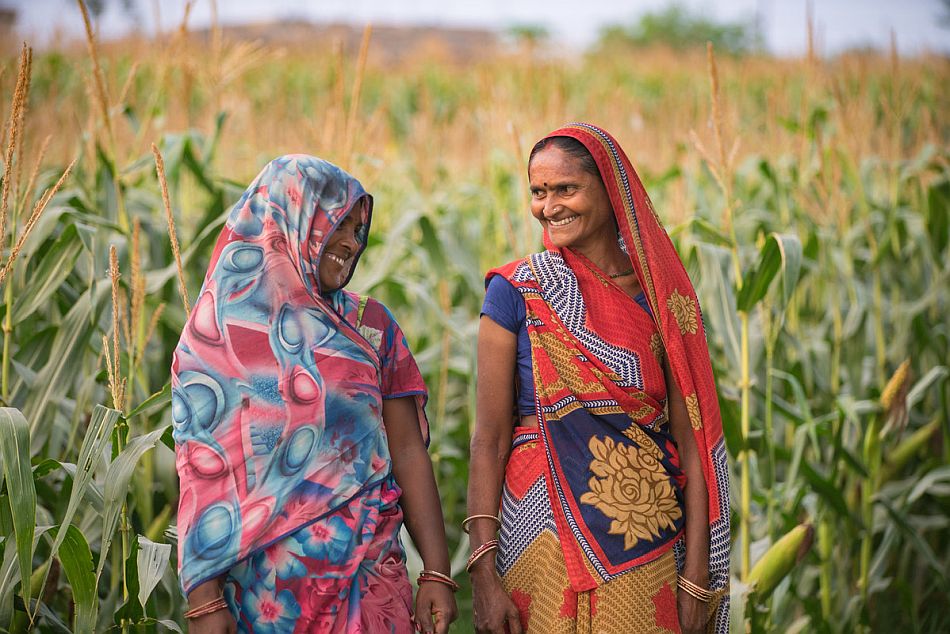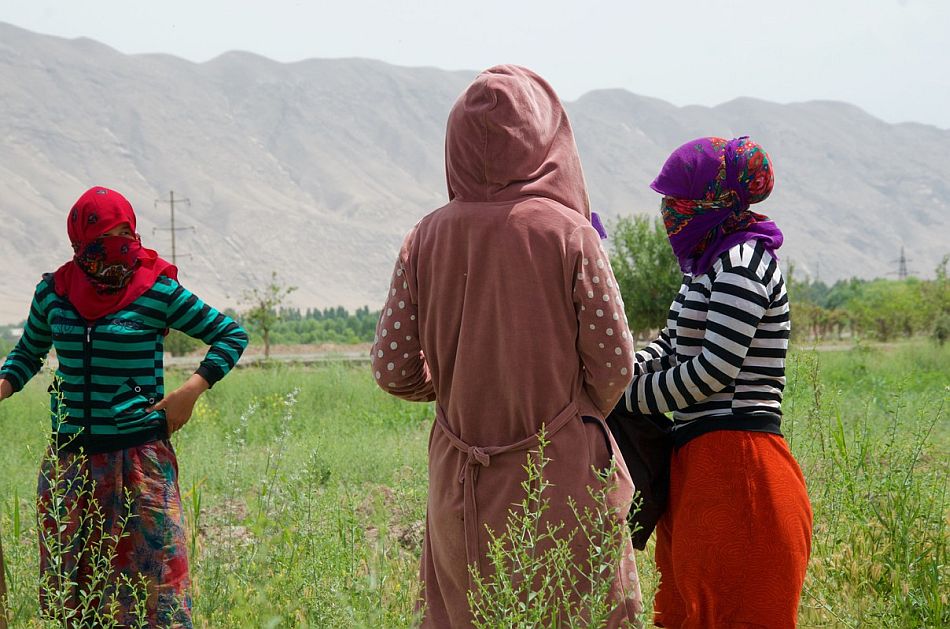By Isis Palay, Consultant, IWMI
Every October 17, we pause to observe International Day for the Eradication of Poverty, celebrating hard-earned progress we have made while acknowledging the considerable distance that remains before our goal is achieved. Indeed, last year extreme poverty rose globally for the first time in over twenty years. The pandemic was one key cause, but so too were the effects of climate change and increased conflict in parts of the world.

While most of the global poor – about 80 percent according to the World Bank – live in rural areas, effects of climate change ranging from extreme weather events to long-term sea level rise impact rural and urban areas alike. One farmer’s extreme rainfall upstream can be another person’s devastating urban flood downstream. Water is the great connector between climate impacts and wider efforts to reduce vulnerability and accelerate poverty reduction.
Given that more than 1 billion people are considered to be living in poverty, and 2 billion people have no access to clean water at home, the key challenge of providing access to water for households is immense. But water and poverty are intertwined in many other ways, and our capacity to understand and respond to these systemic connections will be critical to achieving SDG goals that go far beyond SDG6.
Smart water solutions can strengthen food security
In many developing countries, rainfed farming systems are increasingly vulnerable to disruptions in established rainfall patterns, especially in parts of sub-Saharan Africa where only six percent of agricultural land is irrigated. Despite that vulnerability, pathways to achieving greater climate resilience already exist: Evening out crop water availability through small-scale irrigation, for example, can spell the difference between food insecurity and food security at the household level. Meanwhile, strategies for sustainable water management that address both bulk water supply for domestic systems – the ‘small’ water requirement – and the large-scale water requirements of farming systems are also vital to achieving greater food and water security.
IWMI and its partners have identified farmer-led irrigation as one particularly promising approach for improving access to irrigation tools, knowledge, and techniques. By leading, managing, and improving their own irrigation systems, farmers work with technologies such as solar-powered pumps, monitoring their water use and ensuring the adoption of water-smart irrigation practices. A leader in this area, IWMI is finding ways to expand the impact of sustainable water management practices through both collaborative research and knowledge sharing with the wider public via a series of webinars. These efforts are helping build a growing community of experts, actors, and stakeholders capable of advancing farmer-led irrigation within climate-vulnerable communities over the longer term.
Access to clean water promotes inclusion of vulnerable individuals
Water for agriculture accounts for some 70% of global water usage, making it crucial for agricultural water to be managed efficiently and distributed equitably between large-scale and small-scale users, including the most vulnerable farmers. Water user associations can serve as a key tool in this regard to ensure that all community members are heard and given access to water resources, which in turn can foster more equitable water governance approaches and allow for stronger collective action in the face of future droughts or floods.
These associations can also become building blocks that drive societal transitions toward greater gender equity. In Tajikistan, for example, outmigration by men looking for seasonal work sometimes leaves women in charge of farming and irrigation decisions. Rarely taught about irrigation by their male relatives, women may experience declining agricultural yields due to lack of capacity and knowledge. By considering women’s needs and restrictions related to childcare and limited mobility, IWMI has designed more effective training to empower women placed in charge of gardens or farms after male relatives have left, helping ensure productivity increases and giving women a more influential role in the realm of water management decision-making.

Effective water management can enhance resilience
With the World Bank estimating that more than 100 million people will be pushed into poverty by 2030 – and that the most marginalized will be disproportionately affected by climate events such as floods and droughts – there has been a strong focus on building resilience in recent years.
To that end, IWMI has contributed tools which can help vulnerable populations adapt to climate change. In the Middle East and North Africa for example, IWMI has participated in efforts to map aquifers so as to strengthen the region’s drought preparedness. IWMI’s MENAdrought project helps communities learn exactly how much water they have, and how much they are using, enabling all water users to better plan for and adapt to future crises. Meanwhile, better mapping and data is allowing policymakers to make more informed water management decisions that may prevent smallholders from having to abandon their livelihoods and help ensure that local communities are able to satisfy their future household, agricultural, and commercial water needs.
As the impacts of a changing climate increase in severity and reach across the globe, we have arrived at a crucial moment that calls upon us to incorporate smarter water management strategies into our longer-term planning. Doing so will lay a foundation for better protecting the most vulnerable among us, and allow us to accelerate progress toward future SDG poverty reduction targets.

